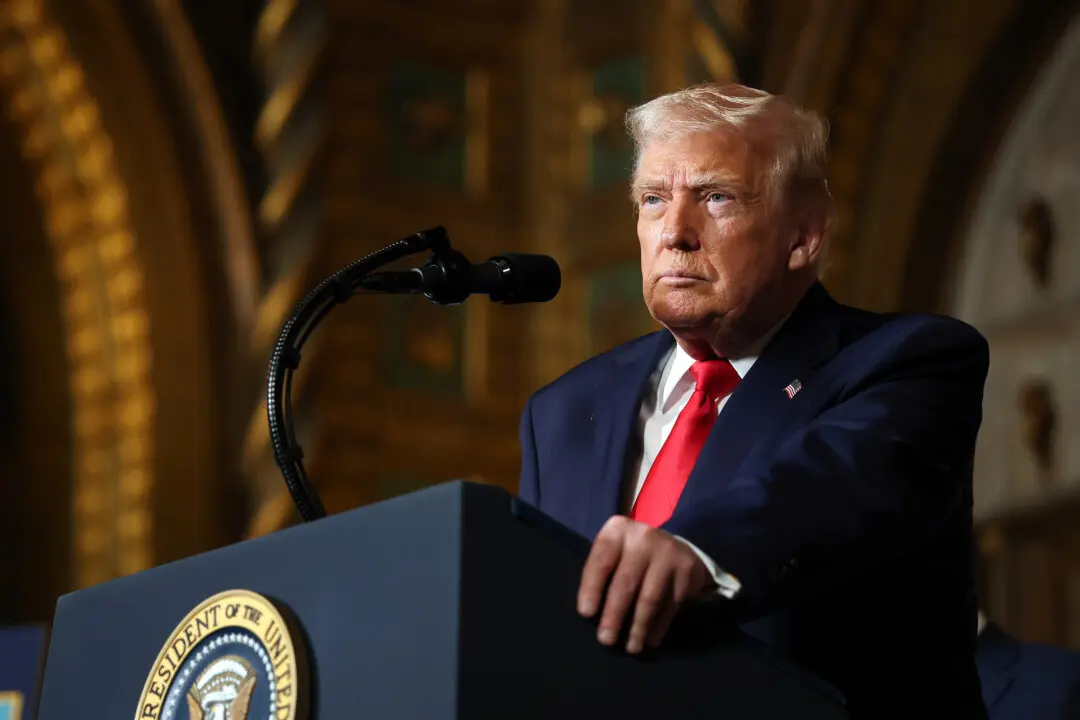The Federal Reserve’s interest rate-setting body decided Wednesday to keep the benchmark Federal Funds target rate unchanged within the 1.5 to 1.75 percent range.
Members of the Federal Open Market Committee (FOMC) met on Jan. 28-29 to consider economic data before issuing a policy decision on an interest rate hold, cut, or hike.





